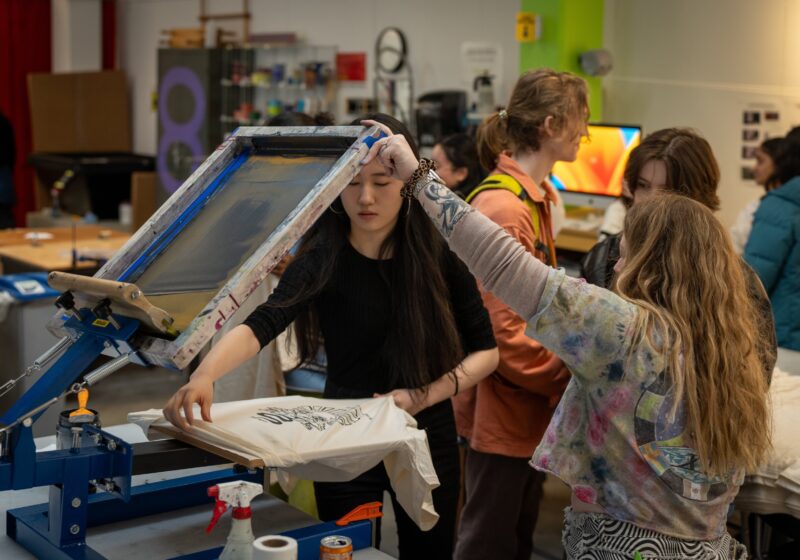The Eastman School of Music recently put on its spring opera—”Le Nozze di Figaro” (in English, “The Marriage of Figaro”), one of Mozart’s most famous operas.
Before the opera began, the audience was greeted with a beautifully set stage. A painted Venus-esque statue was situated at center stage, surrounded by a platform and a series of steps. To the left were arches of flowers and vines, with similar decorations on the right side of the stage. Painted foliage hung from the ceiling down-, middle-, and up-stage.
As the overture began, the stage quickly changed. Maids and footmen entered and served as a stage crew of sorts, rearranging the set into the new bedroom of the soon-to-be-wed Figaro and Susanna.
The opera began lightly, as many comedic operas tend to do. Figaro, played by Eastman graduate student Isaac Assor, sang happily about the dimensions of the room before rejoicing with Susanna (Eastman graduate student Natalie Buickians) over their impending wedding.
Soon, however, the main problem of the play arises—the Count, for whom Figaro works, is interested in Susanna and wants to sleep with her on her wedding night, which would be all too easy with the adjoining bedroom. Both Figaro and Susanna are very upset by this, and Figaro means to prevent it from happening.
After they exit, the audience meets Doctor Bartolo and Marcellina, the latter of whom we discover is trying to marry Figaro herself. They sing a short duet before Susanna comes back onstage, only to be met with a sticky situation involving men she is far from interested in.
There is a brief intermission before the beginning of Act II, in which the audience finally meets the Countess. She is not without her faults, but given her jealous, philandering husband, she manages to be a rather sympathetic character. Add a love-struck page named Cherubino to this mix, and this tale of romance, trust, deception, and social mobility really gets going. Due to his age, Cherubino is played by a soprano, which facilitates the development of queer-lens readings of the role and the opera. (Cross-dressing roles were common in opera after castrati stopped being used for high male roles.)
Overall, this opera was a delight. Some may be under the impression that an opera written 230 years ago would be serious and chaste, but “Le Nozze di Figaro” is a bawdy, hilarious, irreverent piece that had the entire audience smiling and laughing. It followed the typical structure of a comedic opera, and in many ways seemed to channel Shakespeare’s comedic atmosphere.
The two characters that stood out to me the most were those of Susanna and the Countess. Buickians’ Susanna had a beautiful voice, and her wonderful, expressive acting carried the audience through the three hour long performance. Likewise, the Countess—played by Eastman graduate student Keely Futterer, enthralled the audience. Her voice and expression was absolutely captivating, and she was captivating every time she sang.
Though opera may not be everyone’s piece of cake, “Le Nozze di Figaro” was far from the stuffy Wagner-esque stereotype people often think of. It was incredibly enjoyable, making the audience laugh aloud, and a great contribution to the spring arts scene in Rochester.





